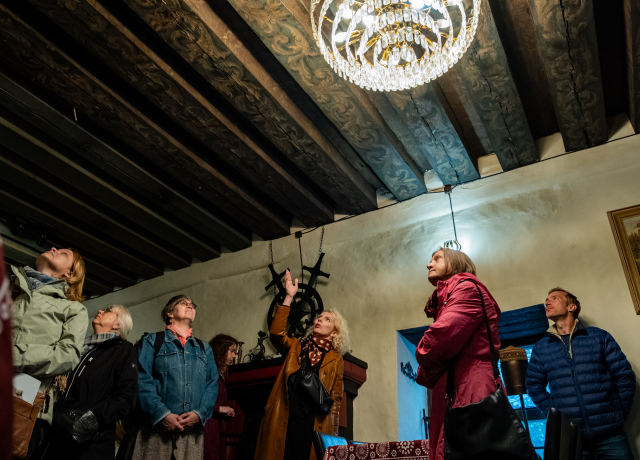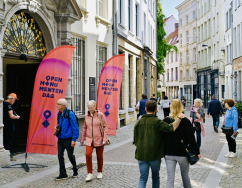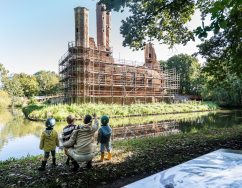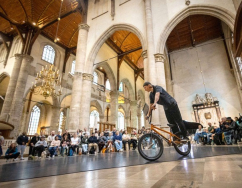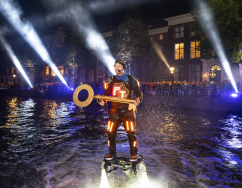European Heritage Days Article:
European Heritage Days in Estonia: looking back
European Heritage Days Article:
European Heritage Days in Estonia: looking back
Photo: Excursion following historical beamed ceilings in Tallinn, credits Aron Urb, 2023.
Individual effort to make heritage more accessible
We firmly support the idea that architectural heritage that carries a considerable value for us as a nation, should be more accessible and tangible for the general public. Heritage days are a perfect opportunity to present and educate people on our rich and intricate architectural history. The festival offers an opportunity to visit buildings that are usually not open to the public and hear stories from the past that help better understand our history and culture.
However, while we loudly celebrate our treasured heritage once a year, it is important to notice that many people put quiet daily effort into taking care of architectural heritage. The same people and institutions plan and carry out the events – they are the real force behind organising this yearly festival in Estonia. They have the special knowledge and skills that well deserve being shared with the public and for that we are immensely grateful. This year our nationwide festival hosted around 80 events organised by around 60 heritage professionals.
As coordinators, we do not aim for a certain number of events, although it is great if the visitors have options to choose from, but more on the substance of the events and integrity of the programme. We can say with certainty that this year the events were very well planned out, followed the theme and added loads of value to the programme.
Windows to the past
Through the years we have tried our best to implement the EHD theme to our festival, but also add some aspects that we can relate to locally. For example in 2022, the year of sustainable heritage, as the Estonian heritage board was focusing on historical city centres, our festival was carried out under the name “Living old town”. The four-day programme was made up by residents, institutions, city administrations and communities who all presented a part of old town life. A common theme in events and communication was sustaining life in old towns – how to keep both commercial and residential activity from moving out from the old centres and leaving historical buildings and heritage areas empty.
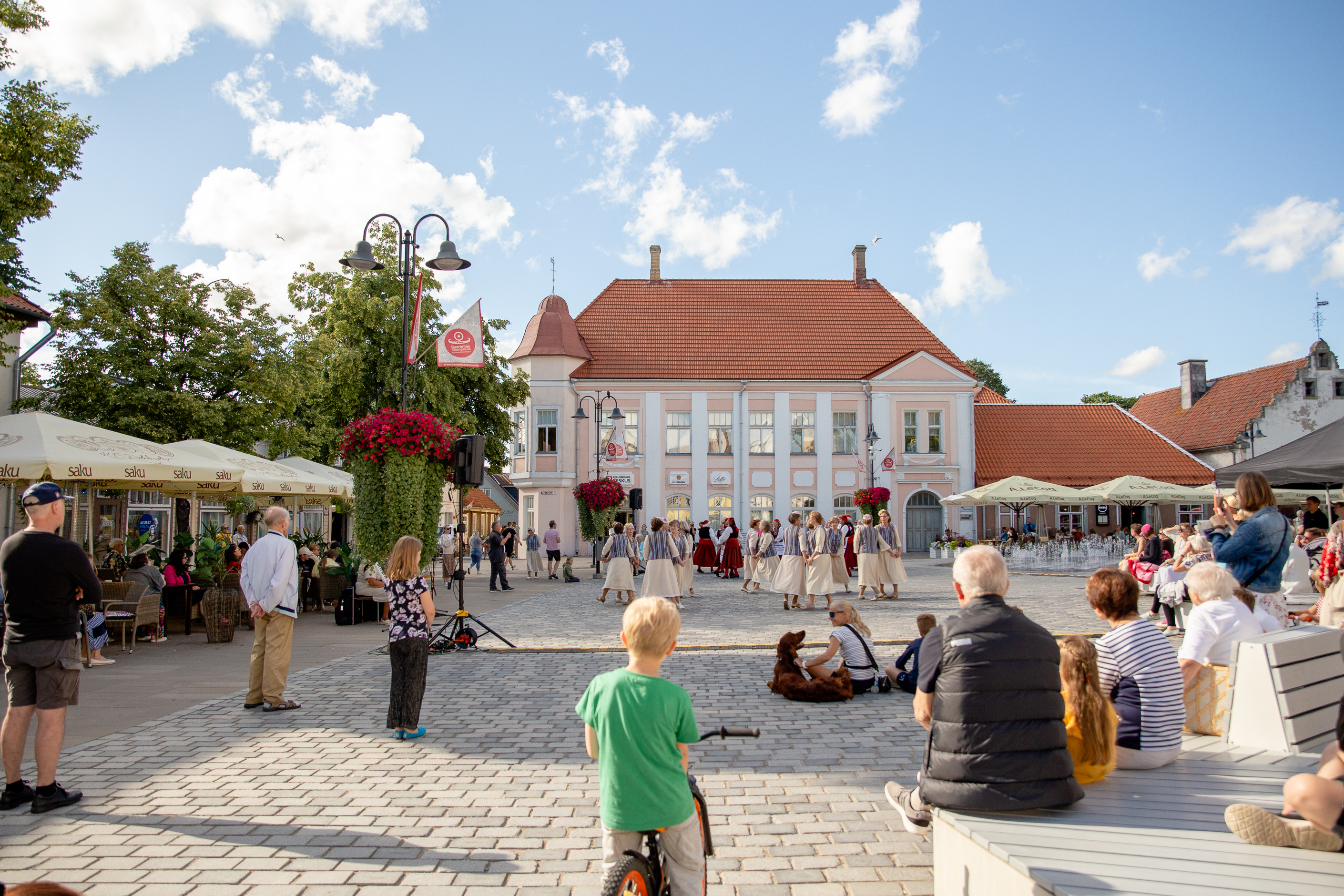
For the 2023 festival, we went fully along with the EHD living heritage theme and hosted events all over Estonia for four days. This theme helped us reach both event organisers and public that differed a bit from previous and later years, as traditions, crafts and practices are not something the heritage board works on daily. In our programme there were for example events on fishing culture, braiding, culinary, flax picking, but also more classical heritage days topics such as brick-laying, heritage landscaping, historical interior design.
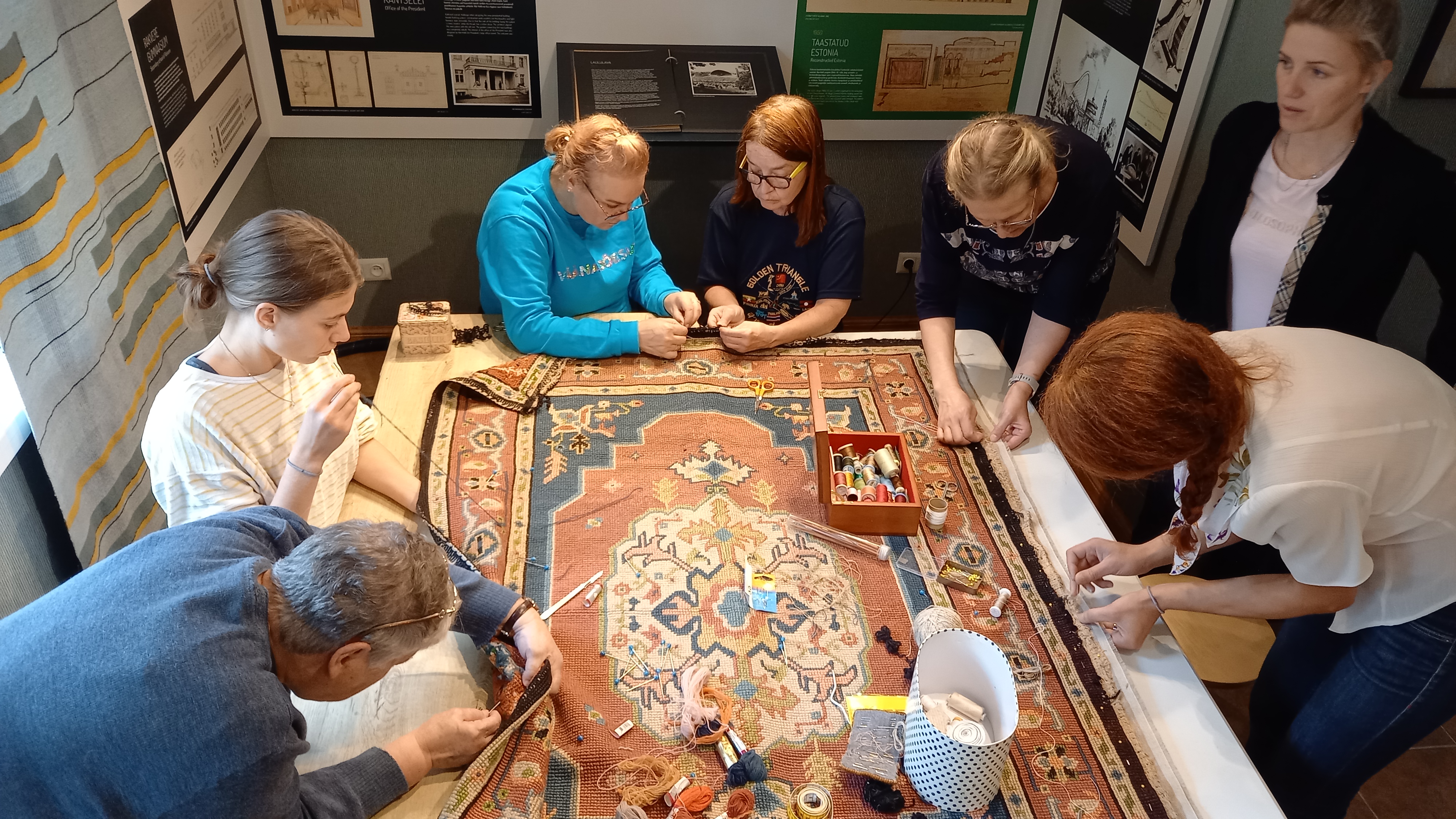
Last year we explored our inland roads and rails, but also water- and airways. The heritage of routes, networks, connections and communications was discovered through lectures, workshops, exhibitions, quizzes and many more. As for the events, they were both focused on different traffic types and on architecture as a result of transportation – historical harbours, railway stations, religious buildings. Thematically, the name of the festival that year was “Hoiame ühendust” which, with a bit of a word-play, can be translated into both “Let’s keep in touch” or “Let’s maintain connections”.
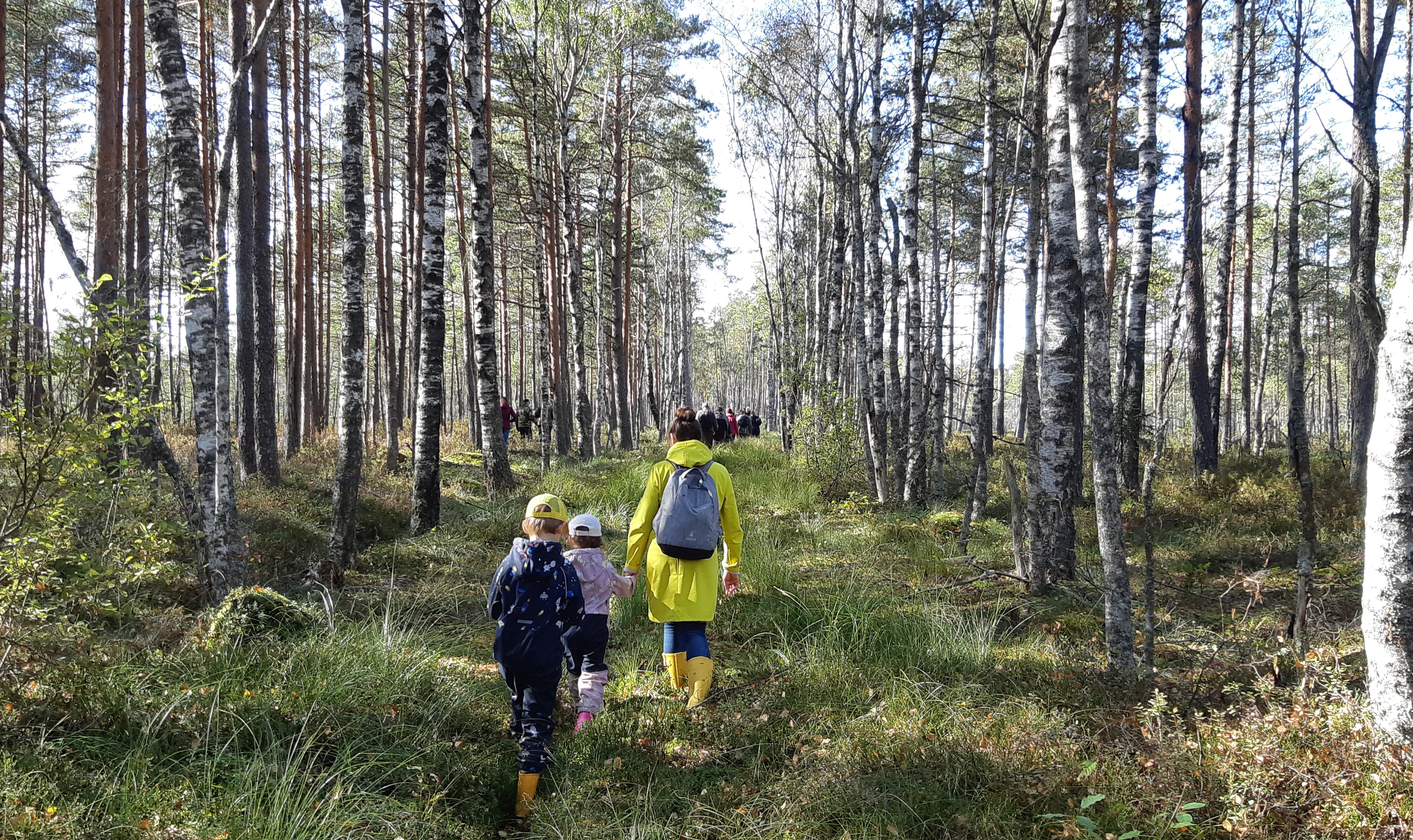
Estonia has taken part in the European Heritage Days festival since 1993. Back then the initiative to join the pan-European celebration came from Eesti Muinsuskaitse Selts, an NGO focusing on heritage protection. Since 2015 our national participation in EHD has been coordinated by the Estonian National Heritage Board.
